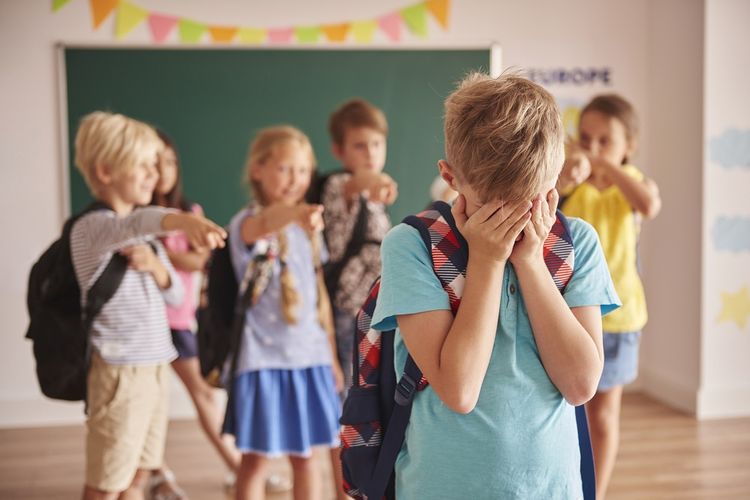Bullying may very well be the most prevalent case in school. Almost every educational institution takes action in the anti-bullying program (Liang, et al., 2007; Smith et al., 1999). The previous study shows that third to sixth-grade students in elementary school experience bullying by 10 to 15 percent per week at minimum (Harachi, et al., 1999; Nansel, et al., 2001). Dr. Ami Huneck found that 10 to 60 percent of students in Indonesia got verbally bullied once per week (Wiryani, 2012). Besides, Mishna et al. (2009) found that physical bullying and verbal bullying are equally serious. In the past decades, researches show that bullying occurs not only in schools but also in households, offices, or sports venues, and at different life stages from childhood to adulthood (Fenclau, et al., 2013; Irlandia & Qualter, 2008).
The world faces a serious risk to mental welfare, emotional, and physical due to the rising cases of bullying in educational institutions. Bullying is a multifaceted phenomenon that can be seen in students in different forms such as verbal bullying, cyberbullying, physical bullying, bodybuilding bullying, and so on (Llorent, V. J., et al., 2016). Individuals involved in bullying activities are those who experience several internal and external problems.
This article is based on previous literature research. Data were collected by searching articles for the Taylor & Francis Journal, Sage Journals, Science and Technology Index Indonesia (SINTA) Journals, Springers, ERIC Institute of Education Sciences, books, and the Indonesian Child Protection Commission (KPAI) website by accessing Google Scholar with the keywords “bullying, family involvement, peer bullying, school bullying in Indonesia, sibling bullying”. There are 70 articles obtained by searching through all the aforementioned search engines from 2000 until now.
School bullying
Bullying specifically represents a situation where the victim is suppressed by a stronger individual (Olweus, D., 2003). Such aggressive activities can easily be seen in schools where peer groups try to influence those who are less powerful or cannot act reciprocally to them in the same way (Espelage & Swearer, 2009). Bullying is a cultural and societal phenomenon (Migliaccio & Raskauskas, 2016).
A study (Skrzypiec, et al., 2018) found that eleven to sixteen years old students were bullied by their peers (61.9%); physical bullying (79.4%). Borualogo & Casas (2021) stated that male students experience physical bullying by 28.06 percent, while female students by 14.63 percent. It means male students experienced twice as much as female students. Tanrikulu & Campbell (2015) suggest that sibling bullying is not related to age and gender. Besides, parenting plays an important role in adopting bullying behaviors in sons and daughters.
The most recent research on a bullying case in the elementary school in Jambi (Octavia, et al., 2021) shows that the school and bullying behavior is significantly correlated by p-value=0001>0.05. Supporting the result, another investigation carried out by Gonçalves, et al (2016) reported that gender bullying in school becomes an issue, in which male students verbally bullied female students for their physical appearance.
This literature review-based study has specifically emphasized bullying cases in school. Schools should take serious actions to prevent violence among students. The reason schools become places for adopting bullying is due to the students’ various cultures and family backgrounds, this difference impacts both positive and negative ways.
Authors: Shahzad Ali, Nurul Hartini, Nono Hery Y.









